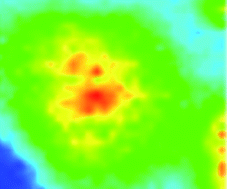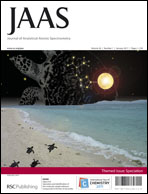Up to now, X-ray absorption spectroscopy (XAS), which includes XANES (X-ray absorption near edge structure) and EXAFS (Extended X-ray absorption fine structure), was mainly used with unfocused beams. The recent development of X-ray focusing optics, with spatial resolution down to the micrometre level while maintaining high photon fluxes, has opened the field of XAS application to single cell analysis. Micro-XAS enables the characterization of the local structure of the elements within subcellular structures in terms of oxidation state, site ligation, and coordination. It has been mainly applied to the determination of trace metal oxidation states using micro-XANES, and in some favorable cases to identify the molecules binding to the metals in cells. Due to the minute quantity of analytes in subcellular compartments, micro-EXAFS is still more challenging to perform than micro-XANES as it requires higher signal to noise ratios. Micro-XAS has proven to be useful in various fields of research such as metal-based neuro-degeneration, cellular pharmacology, trace element physiology and metal toxicology. Micro-XAS presents unique capabilities over other speciation methods because it can be performed in situ, directly in subcellular compartments, without cell fractionation which is prone to modify the chemical element species. However, the stability of chemical element species all along the analytical procedure, from sample preparation to storage and analysis should be tested systematically.

You have access to this article
 Please wait while we load your content...
Something went wrong. Try again?
Please wait while we load your content...
Something went wrong. Try again?


 Please wait while we load your content...
Please wait while we load your content...